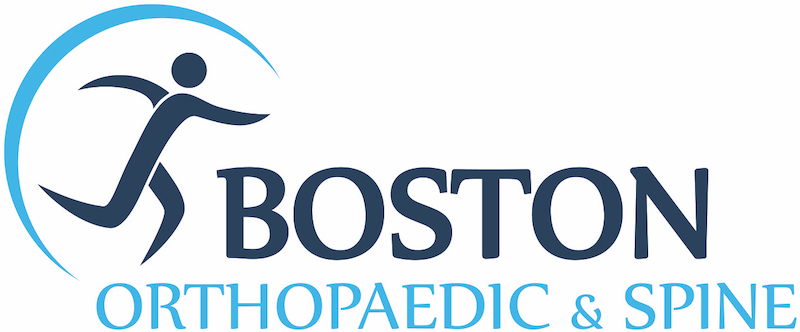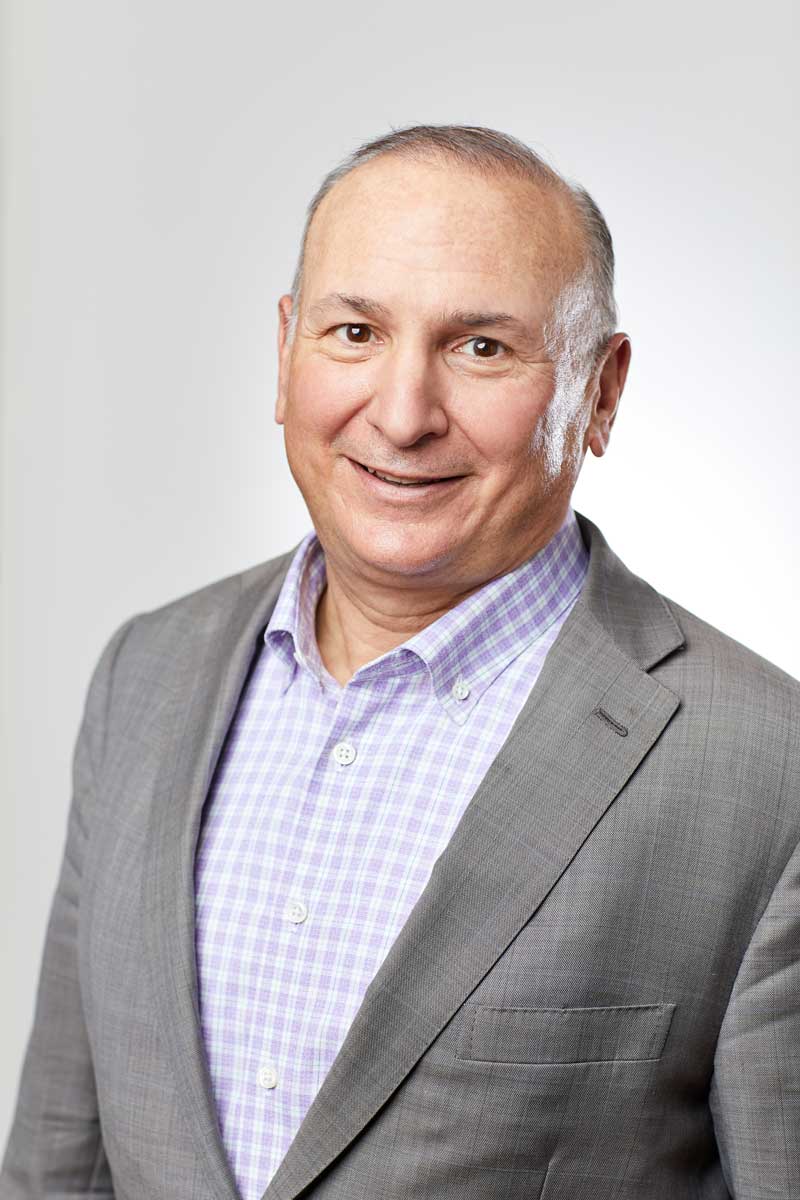Shoulder Replacement
Advanced total and reverse total shoulder replacement
About the Shoulder
The normal shoulder is very complex and involves three bones and more than one joint. These bones are the clavicle (collar bone), the scapula (shoulder blade), and the humerus (upper arm bone). The upper end of the arm bone (humerus) and the outside edge of the scapula bone (glenoid) form a “ball-and-socket joint.”
There are numerous muscles, ligaments and tendons which help to provide stability and movement. This joint is remarkable because it typically allows for a greater range of motion than any other joint in your body.

Types of Shoulder Replacements
There are two types of replacements. There are multiple factors that determine which implant is best suited for you:
Total Shoulder Replacement (Anatomic)
An “anatomic” total shoulder mimics the original anatomy of your shoulder. A metal ball replaces the end of the upper arm bone (humerus) and a plastic socket is cemented into the glenoid (part of the scapula, or shoulder blade). The rotator cuff is left intact.
This type of shoulder replacement offers pain relief and improved function. Because it resembles your original anatomy and the rotator cuff is left intact, an anatomic replacement may lead to better total mobility and function than a reverse total shoulder, especially when reaching behind your back.
Reverse Total Shoulder Replacement
A “reverse” shoulder replacement reverses the alignment of implants. A metal ball replaces the glenoid and a plastic cup replaces the end of the humerus.
It does not rely on an intact rotator cuff and can be used in the setting of a rotator cuff tear or even when the shoulder has been so severely fractured that the pieces cannot be put back together. Like the anatomic shoulder replacement, a reverse total should offer pain relief and significant improvement in function.
Who Needs Total Shoulder Replacement Surgery?
Total shoulder replacement surgery can be discussed with your doctor when other nonoperative treatments have not worked or if there are no other reasonable options.
Arthritis is a common cause of shoulder pain as we get older. The normal, smooth cartilage within our joints can wear away with time or after earlier trauma. As the cushion (cartilage) wears away, the force through the joint is transmitted to the bone causing pain, stiffness and swelling. Most patients who decide to have shoulder replacement surgery have experienced shoulder pain for a long time.
Arthritis also causes loss of motion and function. Many patients have developed pain that limits their daily activities and may interfere with their ability to sleep. Shoulder replacement surgery can alleviate shoulder pain and improve the range of motion of your shoulder joint.
Common Reasons for Both Types:
Anatomic Shoulder Replacement
Osteoarthritis
The cartilage has worn away resulting in bone-on-bone contact.
Avascular Necrosis
In some cases, the blood supply to the proximal humerus (ball) can be disrupted leading to bony cell necrosis (or cell death) and collapse of the bone underlying the cartilage cushion.
Reverse Shoulder Replacement
Because a reverse total shoulder does not rely on an intact rotator cuff it can be used for more conditions:
Rotator Cuff Tear Arthropathy
When a rotator cuff tears it can become larger over time. The tear can eventually become unrepairable. Because the rotator cuff helps center the ball in the socket, when a tear is large enough the ball does not sit normally in the socket and it leads to arthritis. So this condition is both a rotator cuff tear and arthritis.
Chronic Rotator Cuff Tears
Rotator cuff tears that cannot be surgically repaired may require a shoulder replacement.
Severe Osteoarthritis
Rheumatoid Arthritis
Fractures
Fractures of the proximal humerus or ball that are too severe for repair or reconstruction.
Revision Surgery
Revisions of failed anatomic shoulder replacements
Experienced Surgeons, Exceptional Patient Outcomes
“Dr. Burke is an excellent surgeon. He explained everything in great detail and was right on point concerning the recovery. I would not hesitate to go to him again.”
– Shoulder Patient
“Dr. Ross is an incredible surgeon and person. I was in a lot of pain, and couldn’t move my arm. He was so patient and thoughtful, helping me to think through what procedure was right for me.”
– Shoulder Patient
“I’m very grateful for the consultation I’ve had with Dr. Burke. He provided comfort and clarity about my arm and gave an accurate diagnosis and made sure that I understood next steps.”
– Shoulder Patient
“Could not recommend Dr. Ross highly enough, professional, incredibly experienced and caring, if you want to get your shoulder done properly it doesn’t get any better than Dr. Ross.”
– Shoulder Patient
Our Team
As with all surgical procedures, it is imperative to choose a surgeon with a proven track record in this specialty, and feeling comfortable with your surgeon will have a positive impact on your overall experience.
Schedule an appointment today and one of our top-rated providers will help you determine if a shoulder replacement is right for you.
Thomas F. Burke, MD
Learn More
About Dr. Burke
Orthopedics Surgeon
Specializing in: Sports Medicine, Arthroscopy,
Trauma & Fracture Care, Shoulder Reconstruction
Glen Ross, MD
Learn More
Take the First Step
Get an accurate diagnosis and treatment plan from our expert physician team.



